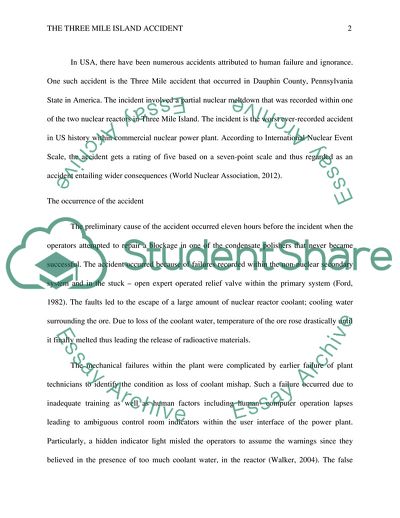Cite this document
(The Three Mile Island Accident Essay Example | Topics and Well Written Essays - 2250 words, n.d.)
The Three Mile Island Accident Essay Example | Topics and Well Written Essays - 2250 words. https://studentshare.org/environmental-studies/1818143-global-intelligence
The Three Mile Island Accident Essay Example | Topics and Well Written Essays - 2250 words. https://studentshare.org/environmental-studies/1818143-global-intelligence
(The Three Mile Island Accident Essay Example | Topics and Well Written Essays - 2250 Words)
The Three Mile Island Accident Essay Example | Topics and Well Written Essays - 2250 Words. https://studentshare.org/environmental-studies/1818143-global-intelligence.
The Three Mile Island Accident Essay Example | Topics and Well Written Essays - 2250 Words. https://studentshare.org/environmental-studies/1818143-global-intelligence.
“The Three Mile Island Accident Essay Example | Topics and Well Written Essays - 2250 Words”. https://studentshare.org/environmental-studies/1818143-global-intelligence.


